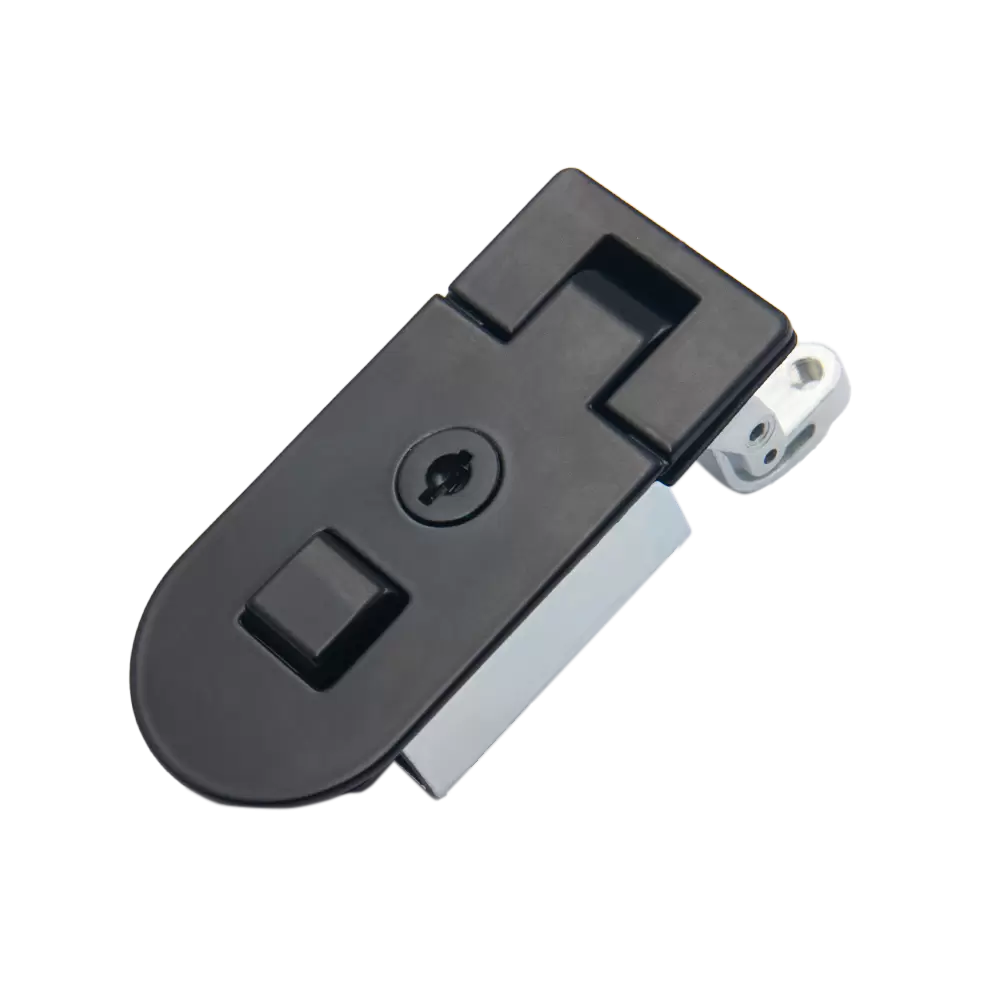
Transportation plays a vital role in our daily lives, connecting people and goods across vast distances. With the advancement of technology, various means of transport have emerged, each offering unique advantages and catering to different needs. In this article, we will delve into the world of transportation and explore the best means of transport, considering factors such as efficiency, sustainability, convenience, and speed.
- The Rise of Electric Vehicles:
In recent years, electric vehicles (EVs) have gained significant traction as a sustainable means of transport. With zero tailpipe emissions and reduced dependence on fossil fuels, EVs offer a greener alternative to traditional internal combustion engine vehicles. The continuous development of battery technology has extended their range and improved charging infrastructure, making them a viable option for everyday commuting. - Efficient and Fast: High-Speed Rail:
High-speed rail (HSR) systems have revolutionized long-distance travel, combining speed, comfort, and efficiency. These trains can reach remarkable speeds, significantly reducing travel times compared to conventional rail or road transport. HSR networks are expanding globally, providing a sustainable and convenient alternative to air travel for medium-distance journeys. - The Flexibility of Air Travel:
When it comes to covering vast distances quickly, air travel remains unparalleled. Commercial airlines offer extensive global connectivity, allowing people to reach far-flung destinations efficiently. Although air travel has its environmental challenges, ongoing efforts to improve fuel efficiency and explore alternative fuels are underway. Additionally, the development of supersonic travel holds the promise of even faster and more efficient air transportation in the future. - Embracing Sustainable Mobility: Public Transportation:
Public transportation systems, such as buses, trams, and subways, are the backbone of urban mobility. They provide an affordable and environmentally friendly means of transport for millions of people worldwide. By reducing the number of private vehicles on the road, public transportation helps alleviate traffic congestion and reduce carbon emissions. Integration with smart technologies and the introduction of electric or hybrid buses further enhance their sustainability. - The Last-Mile Solution: Micromobility:
Micromobility solutions, including electric scooters, bicycles, and shared mobility services, have gained popularity in urban areas. These compact and agile modes of transport offer a convenient last-mile solution, bridging the gap between public transportation stops and final destinations. With the rise of app-based rental services, users can easily access and utilize these options, reducing congestion and promoting sustainable urban mobility.
Conclusion:
Determining the best means of transport depends on various factors, including distance, speed, sustainability, and convenience. Electric vehicles are transforming the automotive industry, while high-speed rail networks provide efficient long-distance travel. Air travel remains the go-to option for intercontinental journeys, and public transportation systems play a crucial role in urban mobility. Additionally, micromobility solutions offer a flexible and sustainable last-mile solution. As technology continues to advance, the transportation landscape will evolve, providing even more innovative and efficient means of getting from point A to point B.

